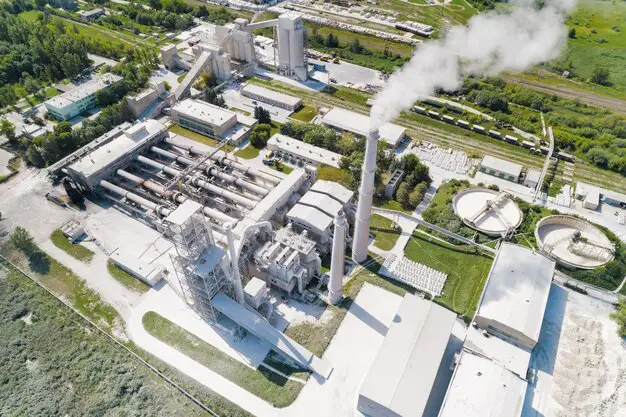Crafting Effective Emergency Plans: A Guide to National Disaster and Emergency Response

In a world where uncertainty looms large, the importance of robust emergency plans cannot be overstated. From natural calamities to human-induced crises, having a comprehensive strategy in place is essential for safeguarding lives, minimizing damage, and facilitating swift recovery. National disaster and emergency response plans serve as a cornerstone in this endeavor, providing a structured framework for coordinated actions across government agencies, emergency services, and communities. Here’s a guide to crafting effective emergency plans tailored to national contexts.

Page Contents
Crafting Effective Emergency Plans: A Guide to National Disaster and Emergency Response
| Key Components | Description |
|---|---|
| 1. Risk Assessment and Preparedness | Begin by conducting a thorough assessment of potential risks and vulnerabilities. Analyze historical data, engage with experts, and utilize risk mapping tools. |
| 2. Stakeholder Engagement and Collaboration | Establish partnerships with government agencies, NGOs, private sector entities, and community groups. Foster collaboration through joint training exercises and drills. |
| 3. Communication and Public Awareness | Develop clear communication protocols and channels for disseminating alerts, warnings, and instructions to the public. Utilize multiple platforms for outreach. |
| 4. Resource Allocation and Management | Identify and mobilize personnel, equipment, and financial resources in advance. Establish mutual aid agreements and mechanisms for resource tracking and management. |
| 5. Evacuation Planning and Sheltering | Develop comprehensive evacuation plans and sheltering strategies. Consider the needs of vulnerable populations and coordinate transportation logistics. |
| 6. Continuity of Operations | Ensure the continuity of essential services and functions during emergencies. Develop alternate facilities, telecommuting arrangements, and backup systems. |
| 7. Recovery and Reconstruction | Plan for the long-term recovery and reconstruction phase. Assess damage, prioritize recovery efforts, and engage with affected communities in the rebuilding process. |


Conclusion
Crafting effective emergency plans for national disaster and emergency response is a multifaceted endeavor that requires careful planning, coordination, and collaboration. By conducting thorough risk assessments, engaging stakeholders, fostering communication, and ensuring resource readiness, countries can enhance their resilience and mitigate the impacts of crises. Investing in preparedness today is an investment in the safety and well-being of future generations.







